As flowering progresses in our yard at Strangways, the pollinators have become more active. The blue flowers of Digger’s Speedwell (Veronica perfoliata) and Black-anther Flax-lilies (Dianella revoluta) are favourite targets for many native bees. Many native bee species have a strong preference for blue flowers.
The Digger’s Speedwells are covered with tiny sweat bees, too quick for me to catch with my camera. One slightly larger bee, about 3mm long was busy digging into an unopened flower and was oblivious to the proximity of my lens.
Bee on Digger’s Speedwell
At about 10mm long, Lipotriches bees live in burrows, but apparently large groups of males may gather on branches at night to share warmth and protection.
Lipotriches on Black-anther Flax-lily
These are amongst the Halictid bees and carry pollen on their legs.
Lipotriches
In contrast, the megachilid bees carry pollen on their abdomen, far less efficient for the bee, but great for pollinating more plants.
Megachilid bee on Shiny Everlasting
Quite a few different fly species are also busy feeding on the flowers.
Fly on Shiny Everlasting
Foraging for pollen is not always safe. Flower spiders are common in our garden and are very effective hunters.
Flower Spider on Shiny Everlasting
Bee victim of Flower Spider
Another successful Flower Spider seemed to be losing her trophy to some enterprising ants.
The dismantling of a Hover Fly





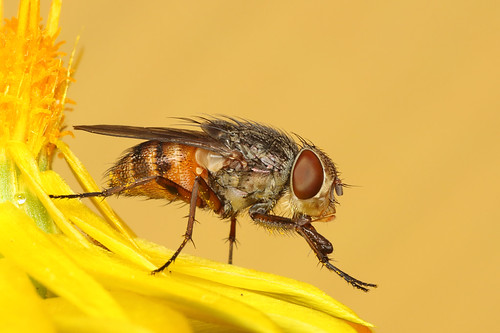

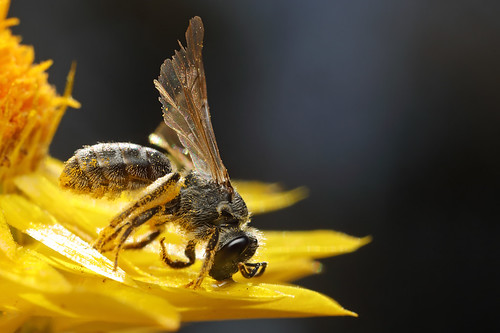



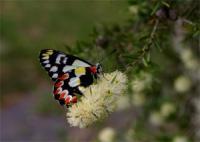
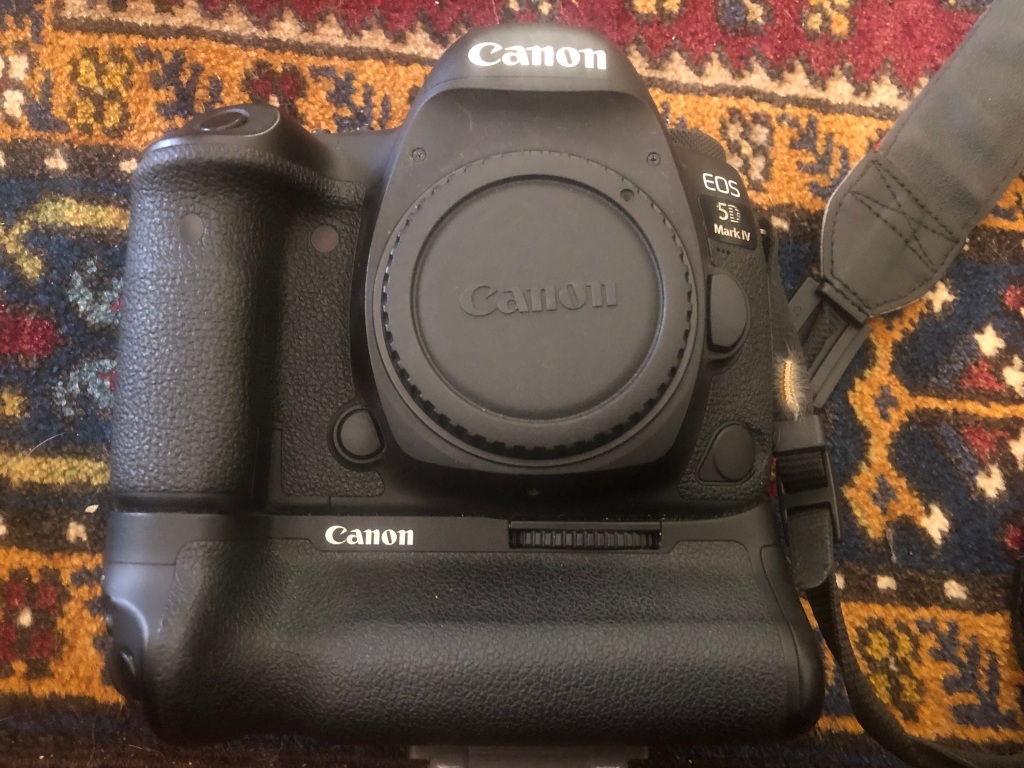
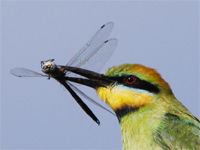





Just wondering what the tiny creature on the left of the bee is in picture 2 Any idea?
My guess is that it’s a mite of some type, but not really sure.
Yes, it could be a phoretic mite of some kind. They are known to hang around on flowers waiting for visitors, then hitching a lift to other flowers in search of mates. There’s a whole group which inhabit the nostrils of hummingbirds, for instance!
Love love love yor macro shots of local insects.
Thanks Sharon.
Reblogged this on Sharon Greenaway and commented:
Love Patrick’s macro insect shots
Stunning photographs. Thanks for posting.
Thanks Melanie